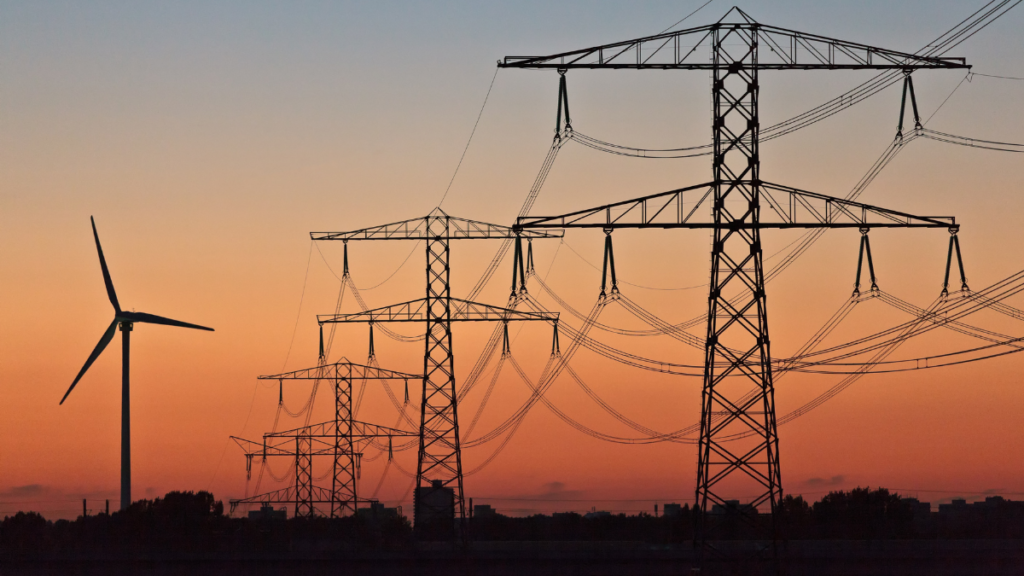
A lot of us are familiar with rush hour during our commute to and from work but what about rush hour (or peak hours) for energy usage? Deregulation was implemented in the late 1990s to charge users different rates depending on times of day, especially when more consumers use the most energy. Because of this, you might see different pricing on your energy bill, including Time of Use (TOU) or Peak Demand. This peak energy usage is when energy is the most expensive so we broke down what each time of day means and how to save during that time.
Peak Hours
Electricity demand is the highest during this time so you will pay the most per kWh. Typically, in the summer this is from 10:00 am to 8:00 pm during the weekdays, and around 7:00 – 11:00 am and 5:00 – 9:00 pm in the winter. Try using less hot water during this time, keeping your air conditioner at a higher temperature in the summer, and avoiding the oven.
Mid-Peak
This time is an intermediate peak of demand that’s relatively average. Times vary in each region but for summer weekdays it is between 7:00 – 10:00 am and 8:00 – 11:00 pm. Winter Mid-Peak hours are around 11:00 am – 5:00 pm. You’ll want to use less energy during this time like you would during peak hours.
Off-Peak
Off-Peak hours work just like rush hour. If you avoid major usage during this time, you’ll save money on your energy bill because this is when energy consumption rates are the lowest. Pricing could even be lower than the basic service price. In both the summer and winter it’s between 11:00 pm and 7:00 am. This could be a great time to run your dishwasher or dryer to save on energy while you sleep.
Your service provider should be able to define and share exact rates and specific peak, mid-peak, and off-peak windows for each season.